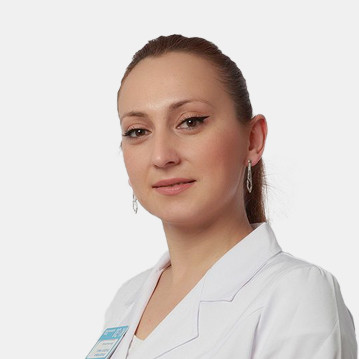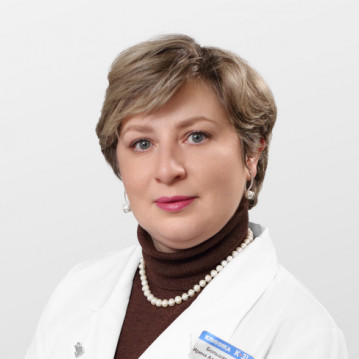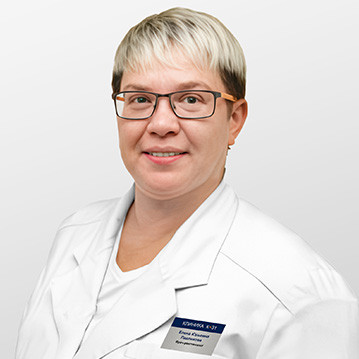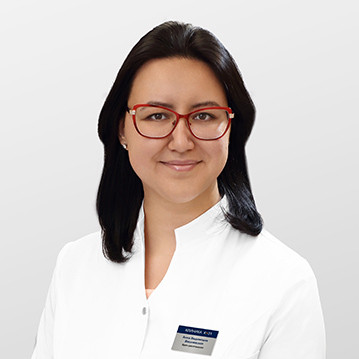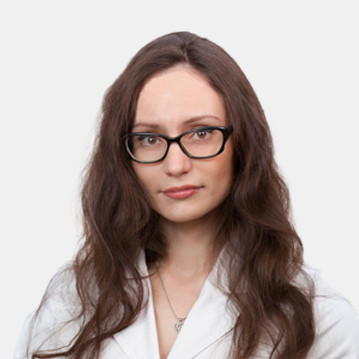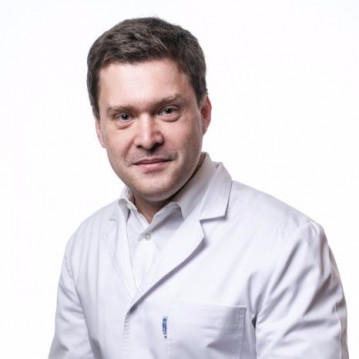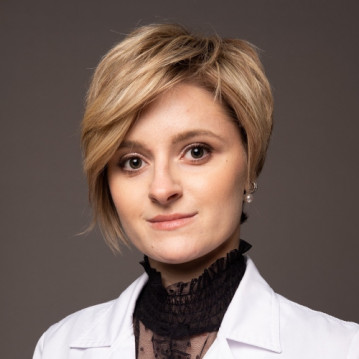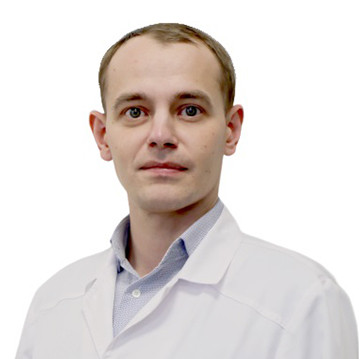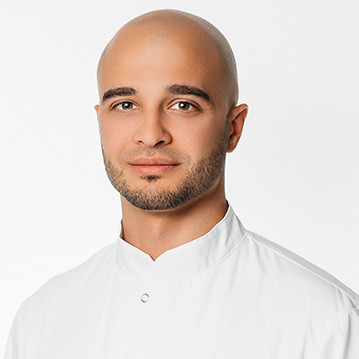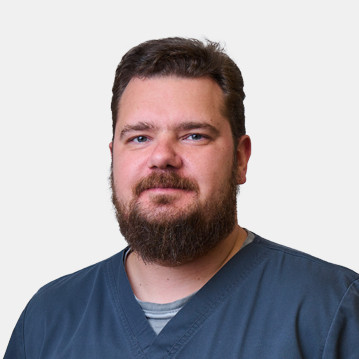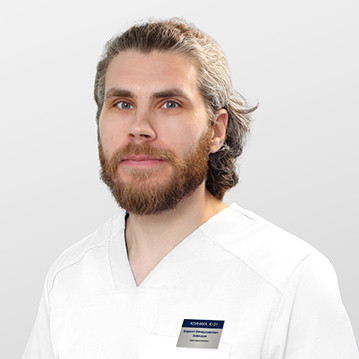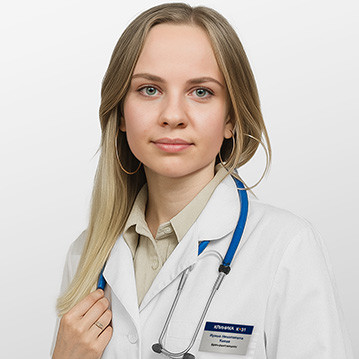Computed tomography is a non-invasive and painless method of radiation diagnostics, which is highly informative.
During the procedure, the area of interest is illuminated by a beam of X-rays in different directions. When passing through tissues, the radiation is attenuated according to the density of the structure under study. Special sensors record the ionizing flow and convert the energy into electrical signals. Subsequent processing is carried out using a computer program.
When to do a CT scan of the spine
As a result of scanning, you can get a series of thin slices in axial projection. Layered images of the object under consideration allow assessing the state of the internal structures of the human body and identifying even minor pathological changes.
What is a CT scan of the spine and in what cases is the procedure necessary?
Tomography is prescribed for degenerative-dystrophic diseases, inflammation, secondary neoplastic processes. CT of the back helps to establish the causes of pain, impaired motor function and the functioning of internal organs.
Scanning is carried out to control treatment and evaluate the result after surgical interventions on the spine.
Indications for a CT examination of the spine are:
- persistent pain syndrome in the lumbosacral spine;
- impaired sensation in the limbs: numbness, goosebumps, etc.;
- traumatic injuries of the vertebral bodies and their processes;
- inflammatory diseases of the structures of the spine (as a clarifying diagnostic manipulation);
- anomalies in the development of bone and cartilage tissue;
- malignant and benign tumors;
- osteochondrosis, determining the degree of osteoporosis, deforming arthrosis.
Spine scanning is prescribed in doubtful cases, to clarify and confirm the diagnosis.
If there are contraindications to MRI, it is advisable to use computed tomography.
What does a CT scan of the spine show
The software allows you to get detailed images of the tissue section and helps to establish the correct diagnosis.
Computed tomography of the back is used for suspected pathological processes of an inflammatory and degenerative nature, the presence of tumors, etc. The study allows you to get an accurate picture of the state of bone structures and diagnose:
- the smallest damage, cracks, dislocations, complex fractures;
- displacement of vertebrae;
- damage to the intervertebral discs;
- deformities of the spinal column;
- spinal stenosis;
- degree of prevalence of tumor growth, metastases;
- hemorrhages, vascular pathologies.
CT diagnostics is most effective for detecting bone injuries, spinal injuries and hematomas.
Types of computer diagnostics
This procedure is widely used in clinical practice. The good quality of the images and the accuracy of the study make it possible to identify the presence of pathology in the early stages and determine further treatment tactics.
The following scan types are used for diagnostic purposes:
- Spiral tomography, during which the X-ray tube rotates in a spiral. Depending on the speed, the device takes several pictures per revolution and makes it possible to obtain reliable data.
- Multispiral (MSCT) technique is characterized by high resolution and allows you to get up to 300 images. Such tomographs are equipped with sensors arranged in a row. The technique is able to fix the processes that occur in the body, and therefore it is often used in emergency situations.
- CT using a contrast agent allows you to get the maximum clarity and saturation of the image. The method is especially effective in the diagnosis of tumors and pathology of blood vessels. In most cases, iodine-containing preparations are used as a contrast.
The preferred method of conducting the examination is determined by the specialist, depending on the purpose of the diagnosis, symptoms, the presence of concomitant pathology, age, general condition and individual characteristics of the patient.

